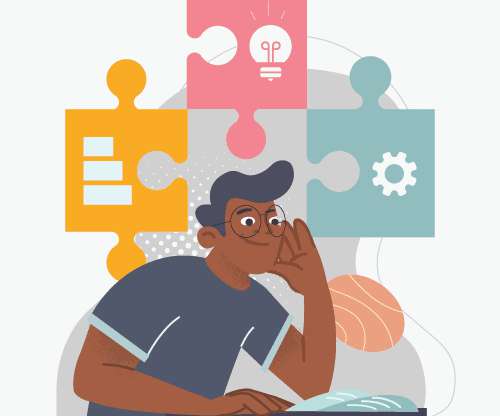Instructional Design and Rapid Prototyping: Rising from the Ashes of ADDIE
Dashe & Thomson
MAY 7, 2012
With Rapid Prototyping, the steps are crunched together to reduce the amount of time needed to develop training or a product (Jones & Richey, 2000). As one cycle proves effective and usable, the next cycle begins, based upon the best-practices of the previous cycle, and so on. Rapid prototyping methodology in action: (2000).





































Let's personalize your content